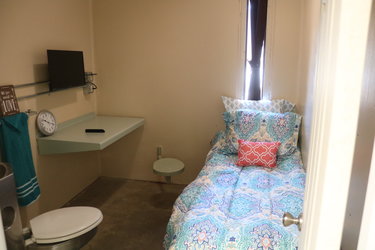County launches program to help people released from jail find jobs
ALBANY COUNTY — The county has launched a partnership with the Capital Region Workforce Development Board to provide support and job readiness training to people released from Albany’s jail as well as clients of the Sheriff’s Homeless Improvement Program, known as SHIP, which is housed at the jail.
Each year in the United States, over 600,000 people are released from jails and prisons with studies showing that 60 to 75 percent remain unemployed up to a year after release.
“This is a game-changer for our community because it will reduce instances of recidivism while also fostering an Albany County that actively embraces all individuals and their pasts. A huge thank you and moment of recognition to our former legislator, Matthew Peter, who we dearly miss, for leading this initiative. I am thankful that we were able to successfully see it through,” said Albany County Legislature Chairwoman Joanne Cunningham in a release announcing the program.
The program coincides with another county initiative by which people are paid for the time spent being trained. This ensures businesses are kept whole for efforts to onboard and educate new employees, and was financed as part of the more than $2.2 million in American Rescue Plan Act funds used by the county for workforce development.



